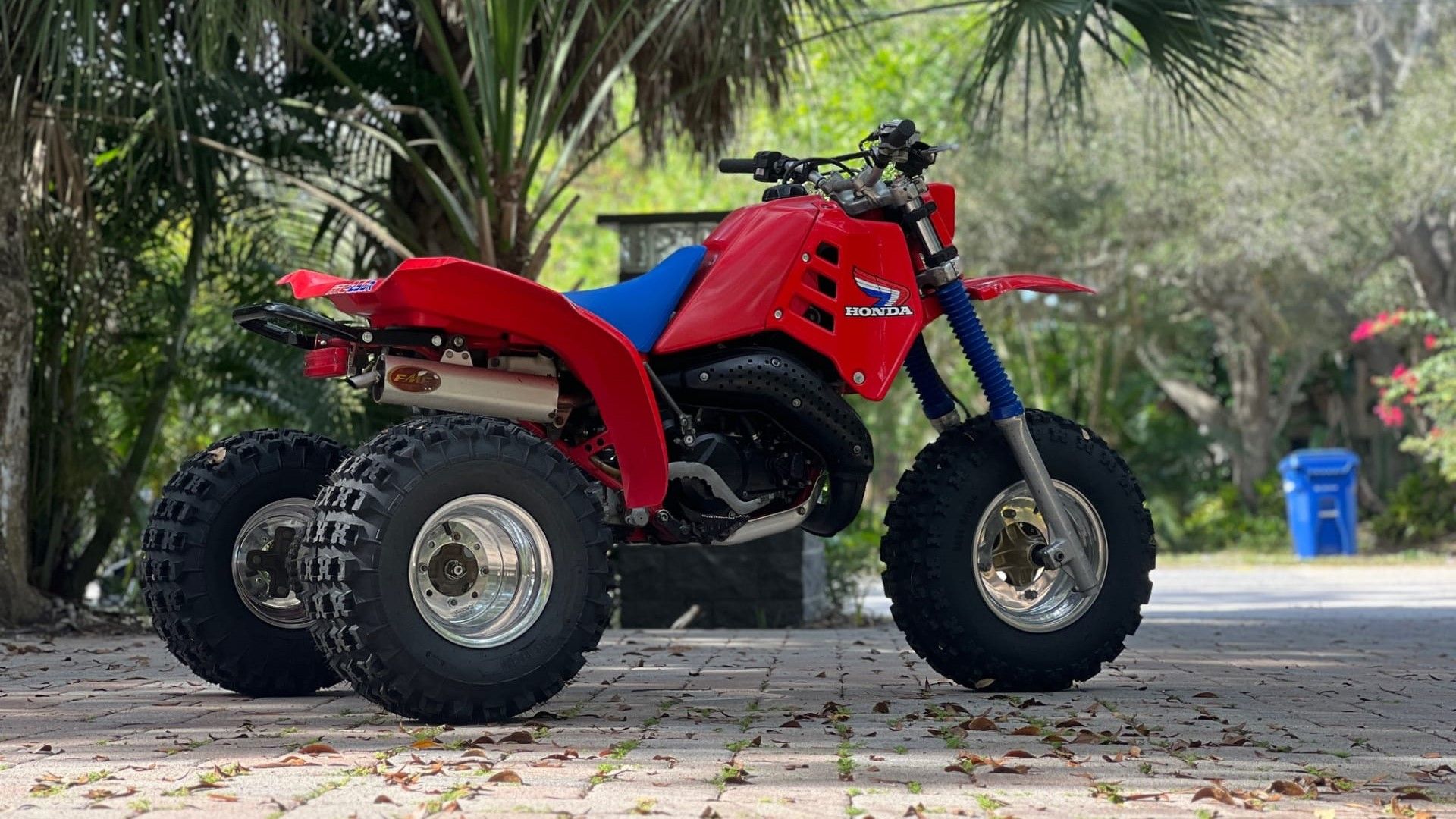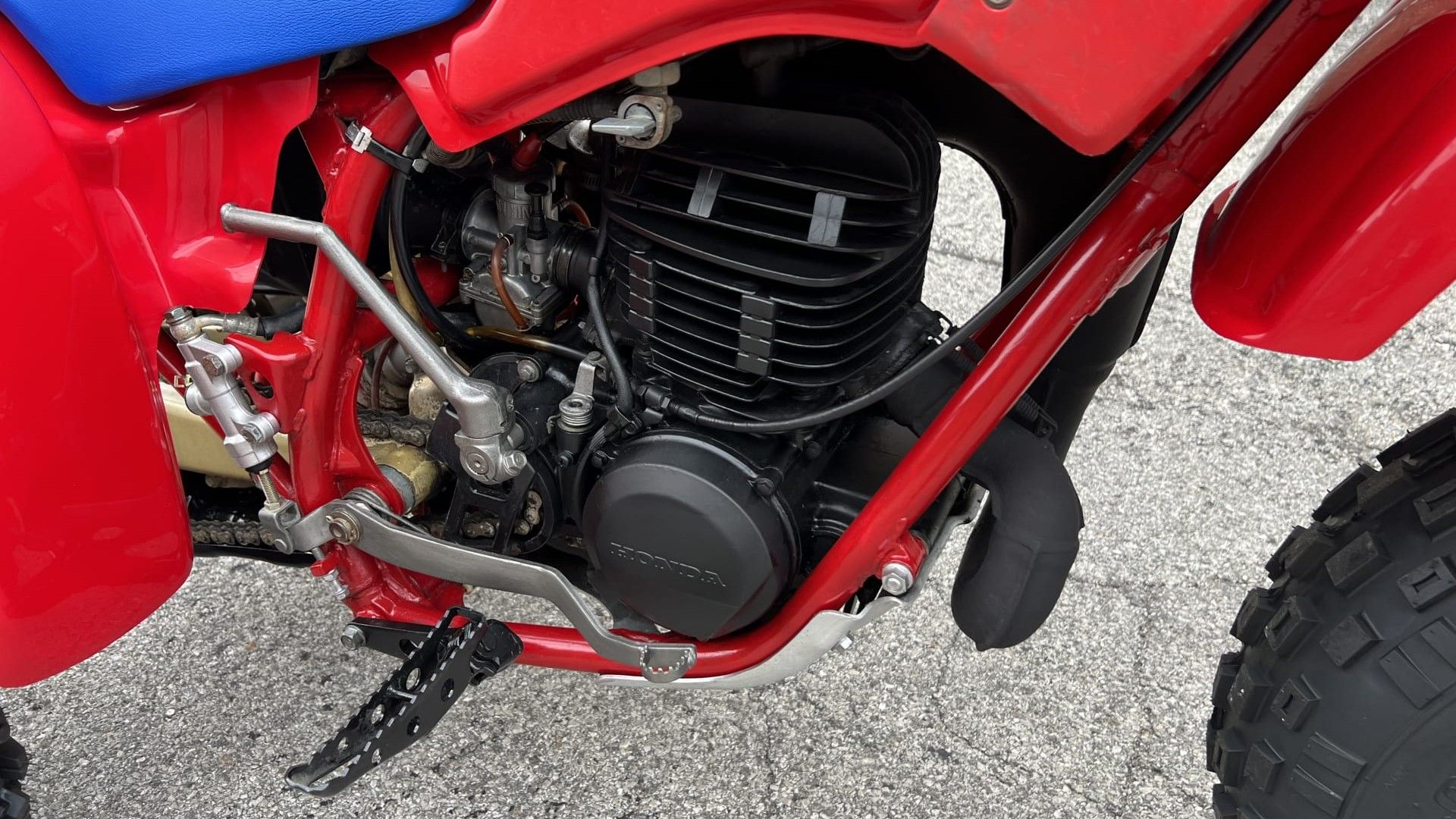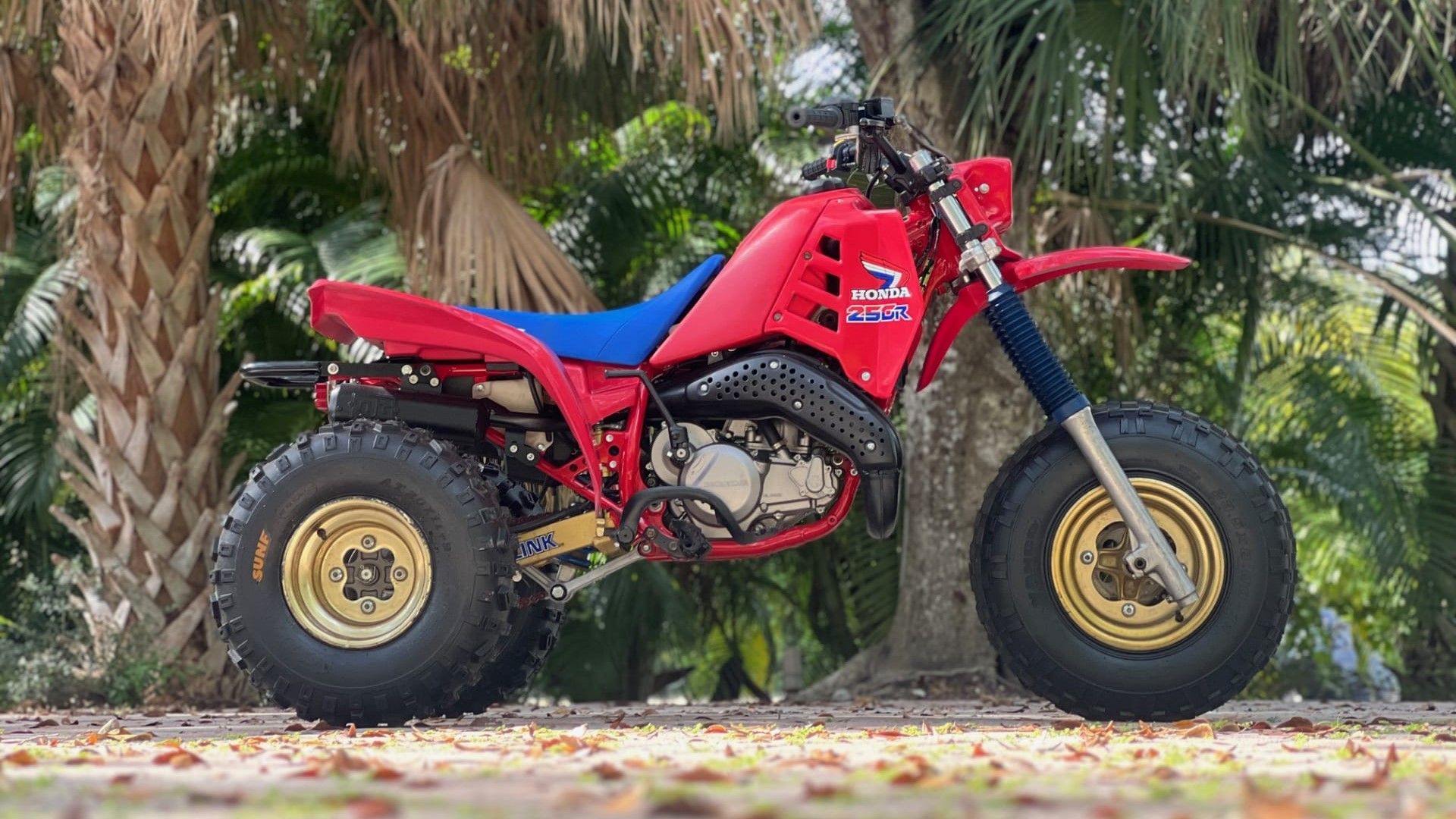Three-wheeled All-Terrain Cycles (ATCs) once roamed freely in the American landscape but faced a decisive ban due to safety concerns.
Honda popularized the concept of three-wheeled ATCs in the 1970s with models like the ATC90, initially targeting children and teens. However, despite their initial popularity, the era of three-wheeled ATCs came to an end in the late 1980s.
Honda introduced the ATC90 in the 1970s, which quickly gained popularity among young riders.

Farmers and outdoor enthusiasts embraced ATCs like the ATC110 and ATC250R for their utility and off-road capabilities.
Despite their popularity, safety concerns and the inherent instability of three-wheeled vehicles led to a nationwide ban in 1988.
Modern three-wheeled motorcycle options, including Harley-Davidson Trikes and Can-Am Ryker, continue the legacy with improved safety features.
The Rise of Three-Wheeled ATCs
The concept of three-wheeled ATCs gained traction with Honda’s introduction of the ATC90 in the 1970s.
Initially marketed towards younger riders, these vehicles featured simplistic designs and balloon tires, making them accessible and affordable.
As the ’70s progressed, ATCs found favor among farmers for navigating expansive fields efficiently. Honda responded to this demand with models like the ATC110, designed for rugged outdoor use.
Additionally, outdoor enthusiasts discovered the thrill of riding ATCs on trails, prompting Honda’s release of the high-performance ATC250R.
The Downfall of Three-Wheeled ATCs
Despite their popularity, three-wheeled ATCs faced a major drawback: instability. The inherent design flaw, compounded by rider behavior, led to numerous accidents and fatalities.

Concerns over safety prompted the US government to impose a nationwide ban in 1988, effectively halting production and sales.
Following the ban, manufacturers pledged to enhance safety standards and offer ATV safety courses nationwide. Today, modern three-wheeled motorcycle options, including Harley-Davidson Trikes and Can-Am Ryker, embody the spirit of their predecessors while prioritizing safety and stability.
The rise and fall of three-wheeled ATCs reflect a fascinating chapter in automotive history. While their popularity waned due to safety concerns, modern iterations continue to honor their legacy while prioritizing rider safety and enjoyment.

